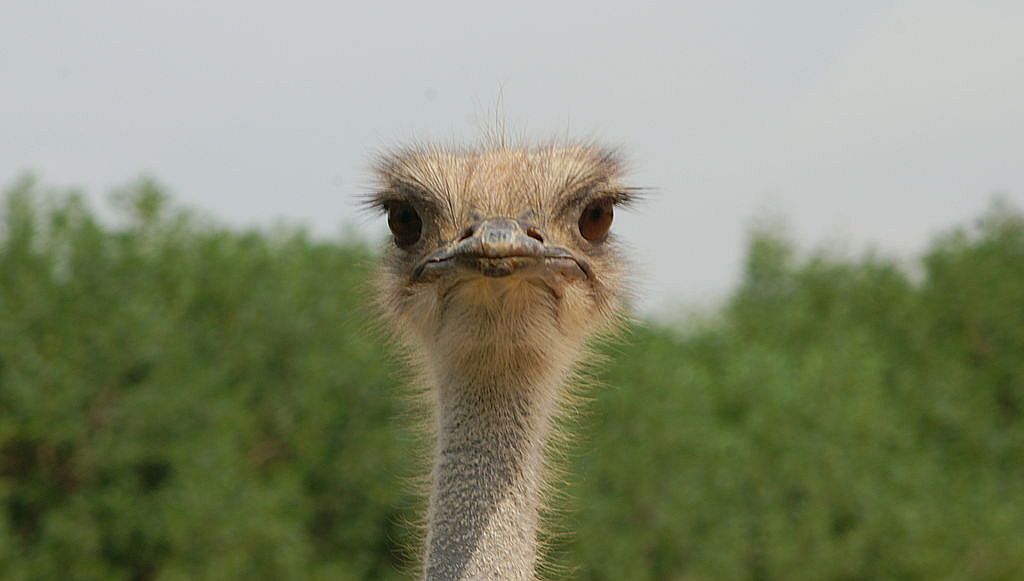
4 October 2021
Teeth are so important that every toothless animal today is descended from ancestors that had them. This includes anteaters, baleen whales, pangolins, turtles, and birds.
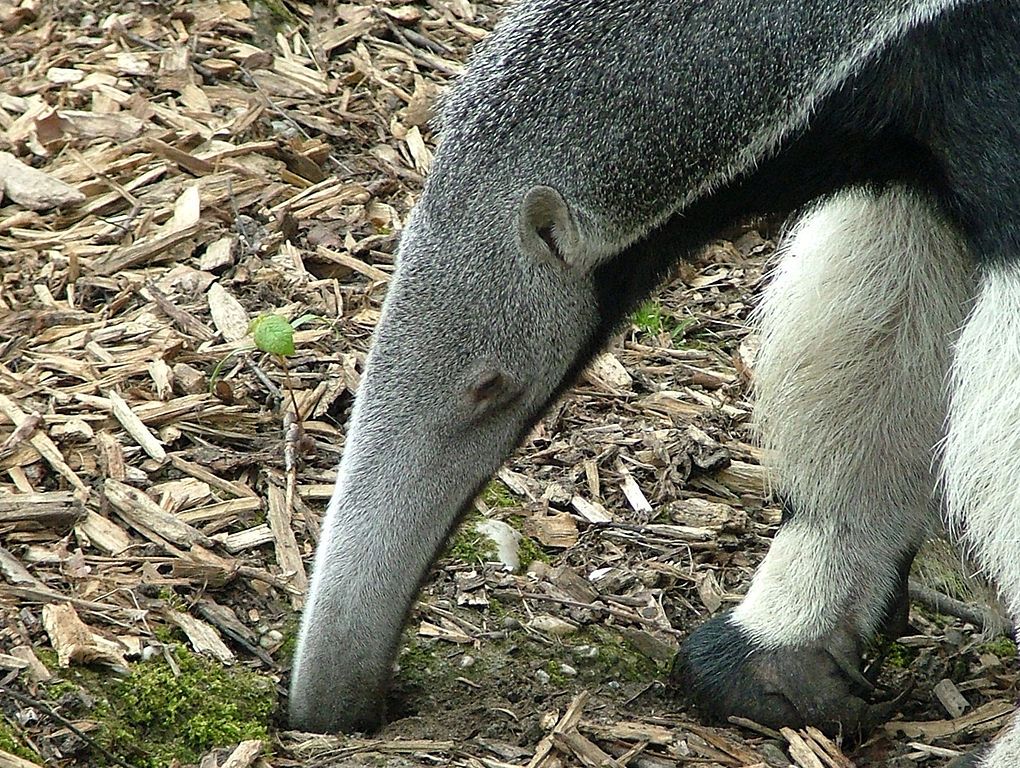
The ancestors of birds were theropod dinosaurs. They definitely had teeth.
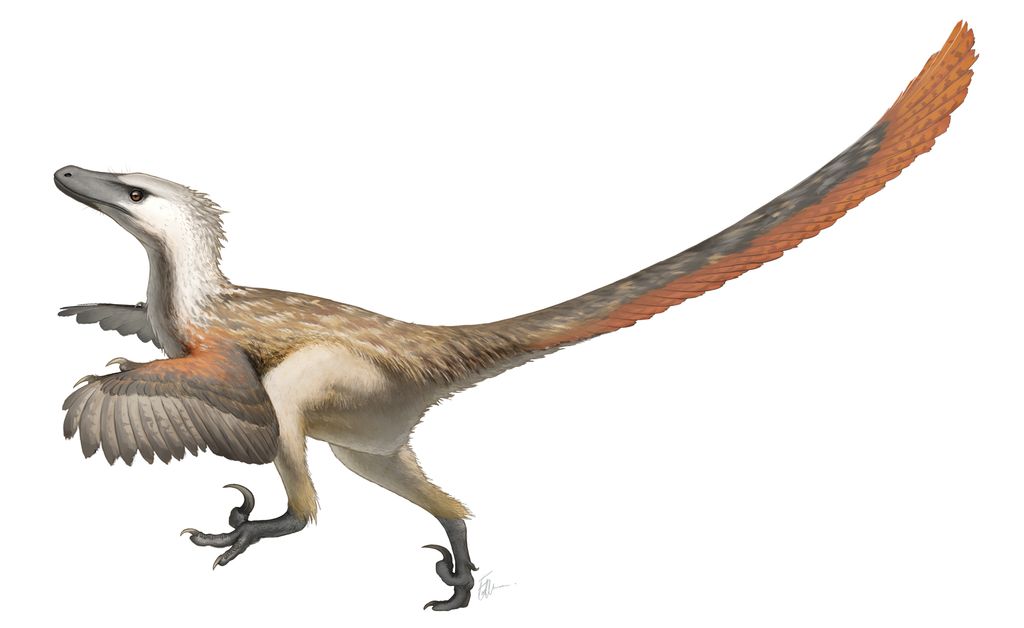
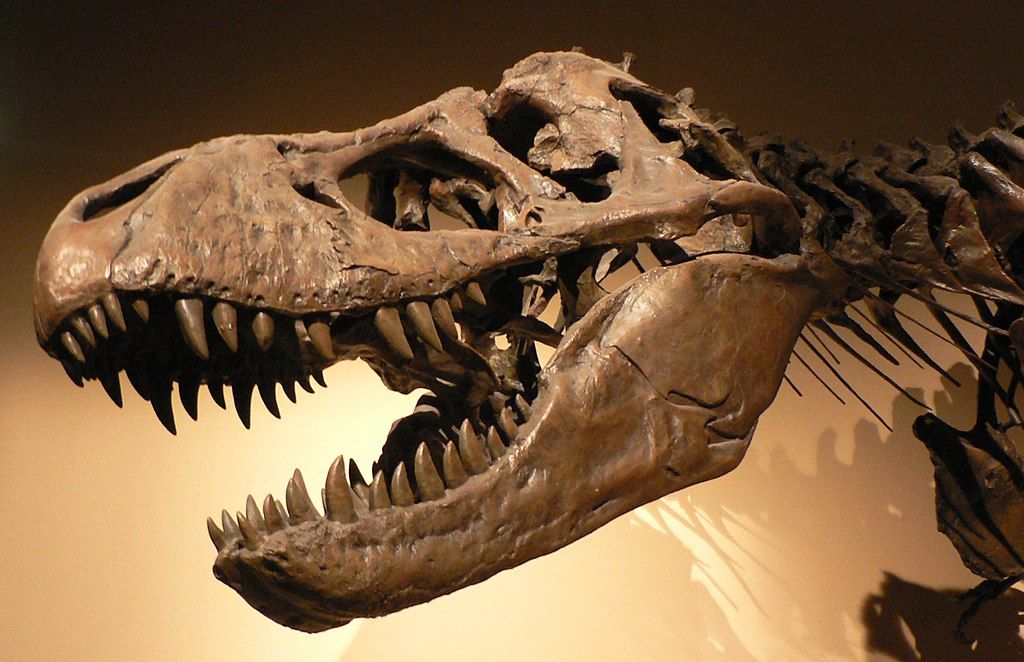
Then about 116 million years ago a common ancestor of all birds developed genetic mutations that inactivated the genes for tooth formation. Eventually birds’ teeth disappeared, replaced by horn-like beaks.
There are probably several reasons why teeth disappeared but the main one is this: In order to fly well it’s important to reduce excess body weight. Bones and teeth are heavy so over time birds evolved hollow bones and toothless beaks. They compensate for the lack of teeth by chewing food in their gizzards.
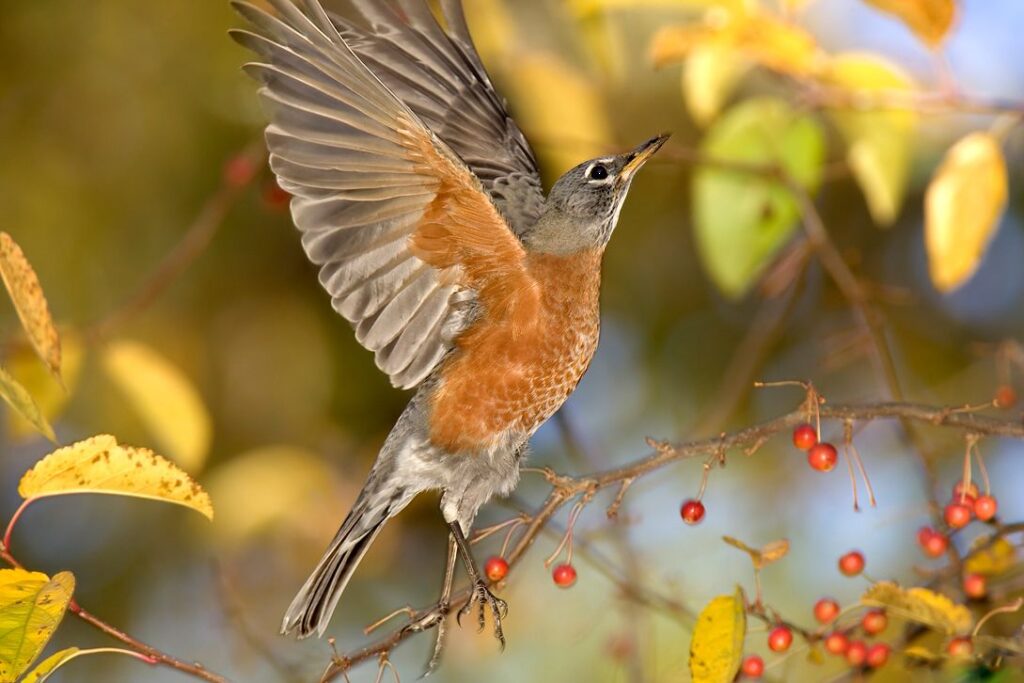
They also compensated by using their beaks as multi-purpose tools to grasp, twist, pry, crack open shells, and sever tendons.
Each species developed a beak for its lifestyle. A few of them evolved beak modifications that resemble teeth.
Among tooth-billed hummingbirds (Androdon aequatorialis) the males have a “straight bill with a prominent hooked tip and backward-pointing tooth-like serrations on the distal half. The modification is absent on the female bill, and thus may be related to sexual selection,” describes Birds of the World. Perhaps the “teeth” are used for fighting.
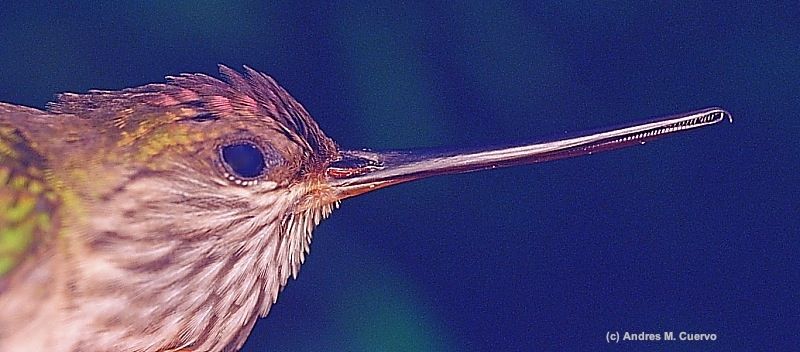
The critically endangered tooth-billed pigeon (Didunculus strigirostris), the national bird of Samoa, has a stout curved bill with a specially toothed lower mandible.
[The bill] is adapted to feed on Wild Mahogany Dysoxylum spp. fruits, although first-year birds apparently cannot do so. These fruits have a tough capsule that it is able to open using its strong bill, removing the flesh using a sawing action with the lower mandible.
Birds of the World, Tooth-billed pigeon account
If you want to stretch the definition of “teeth” peregrines have two of them. The tomial tooth on each side of the upper beak is used to kill prey quickly by biting their necks and severing the vertebrae.
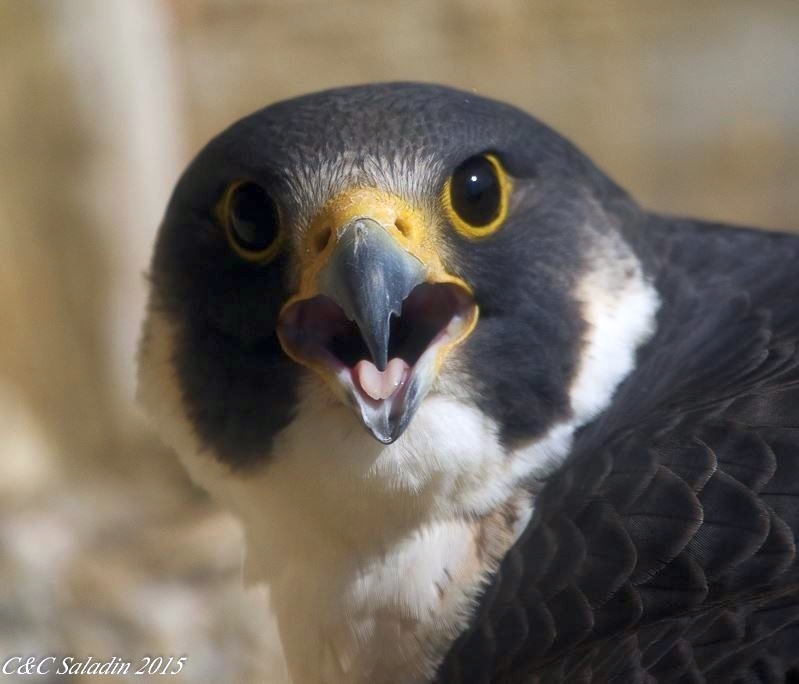
Does that make them birds with teeth? Not really. No dentin, no enamel, and they aren’t using them to chew.
(photos from Wikimedia Commons; click on the captions to see the originals. Peregrine photo by Chad+Chris Saladin)
